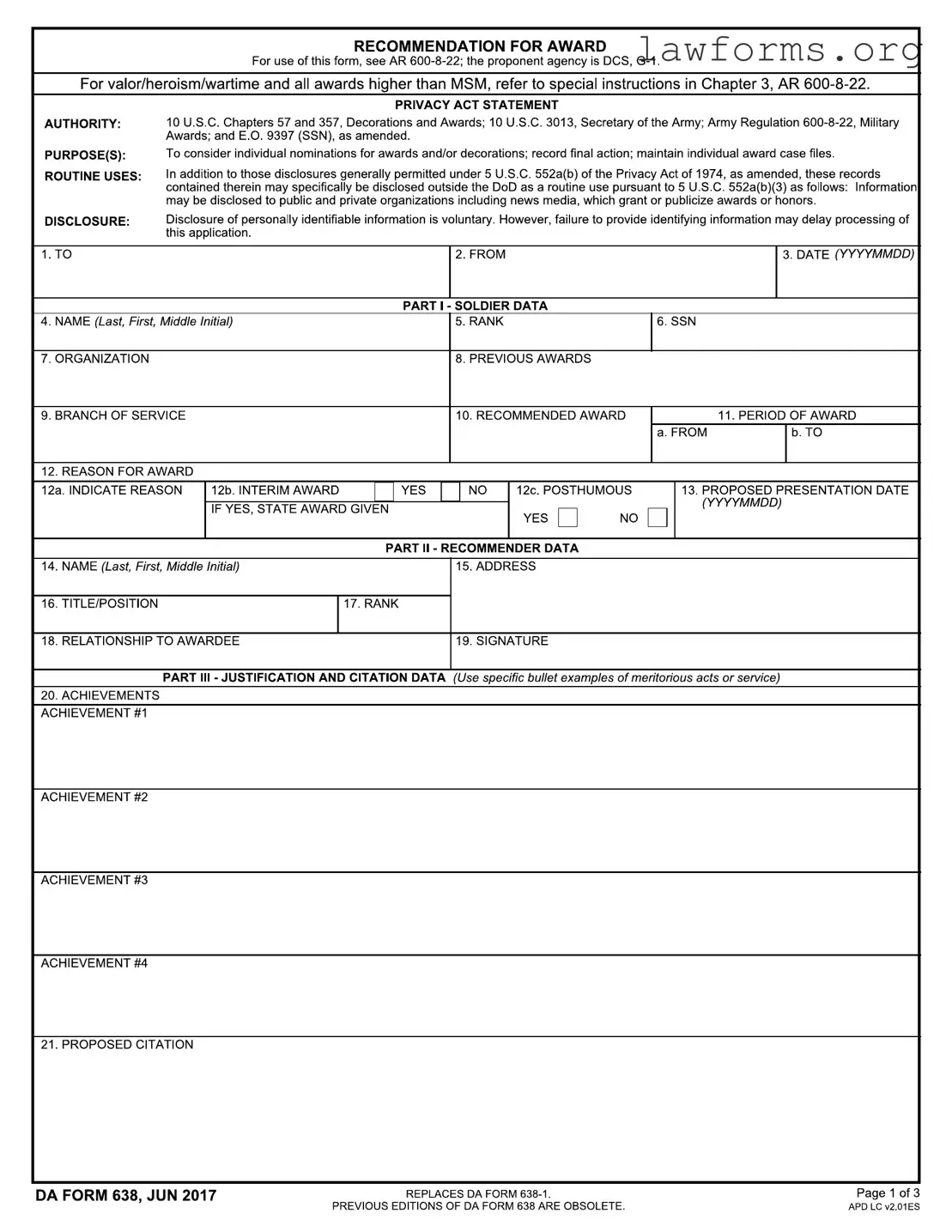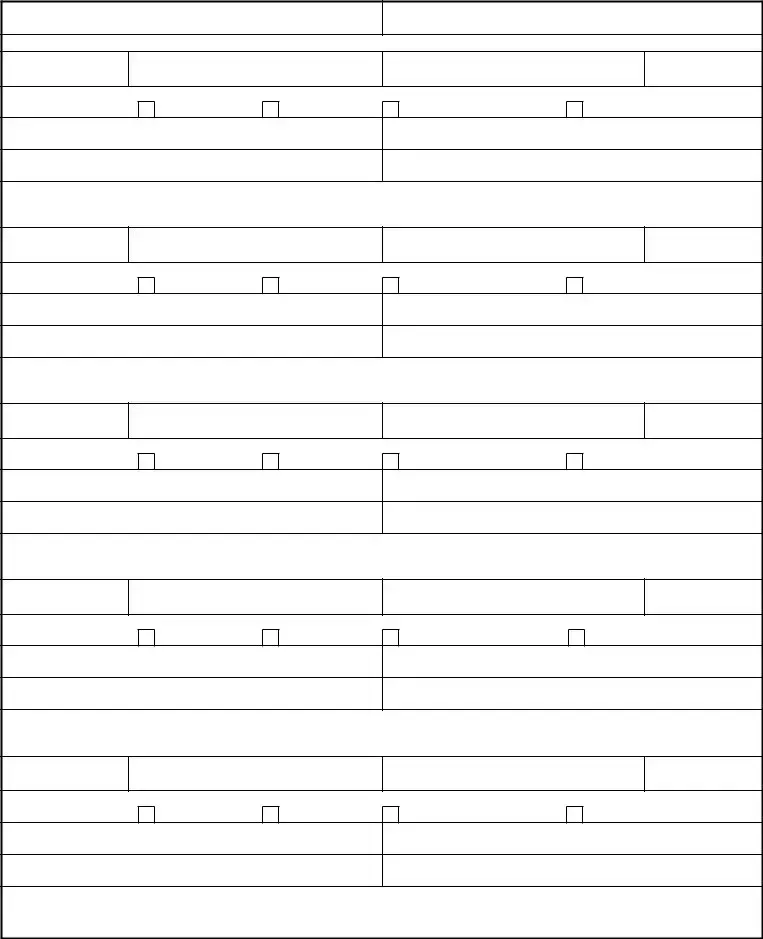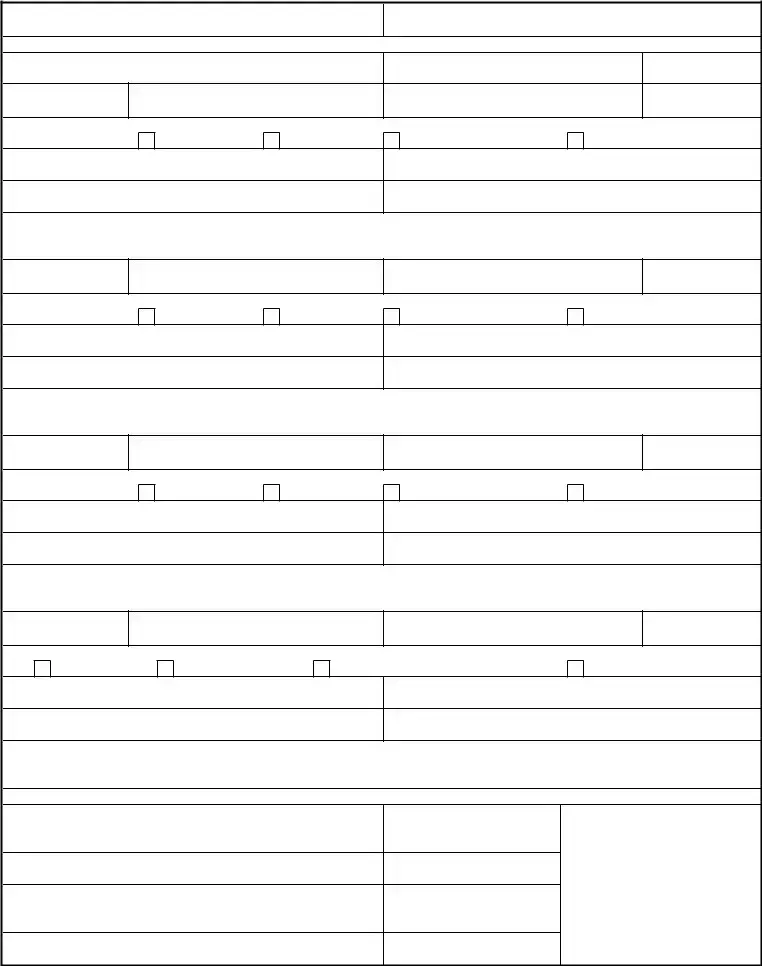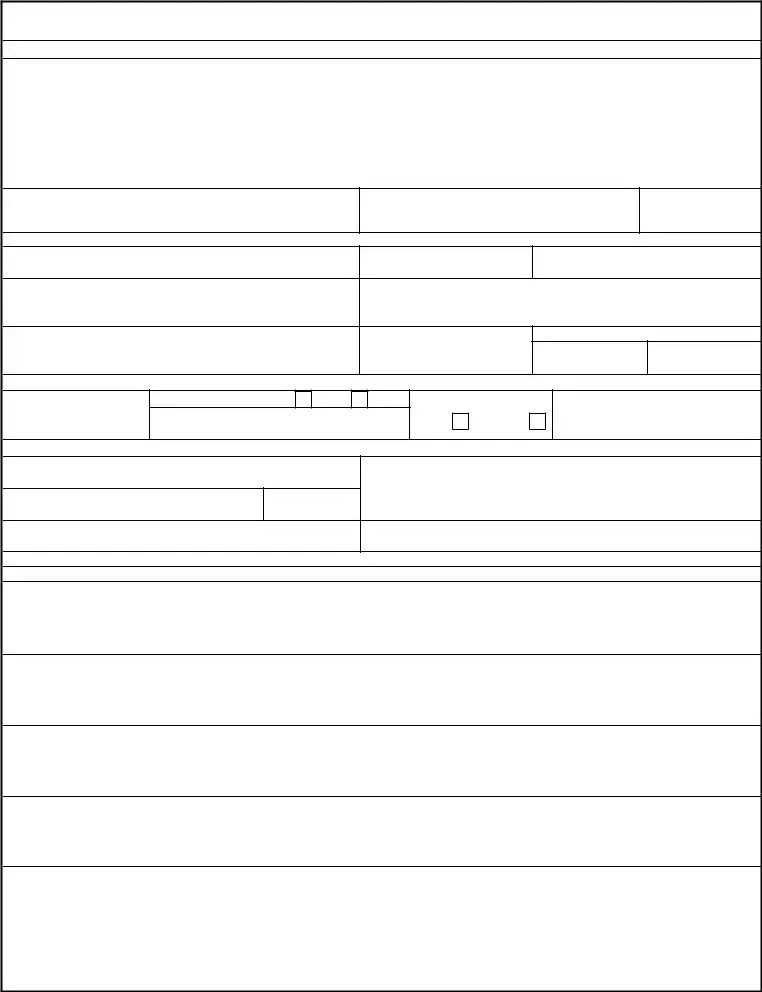Fill Out a Valid Da 638 Template
The DA Form 638 is a crucial document used by the U.S. Army to recommend individuals for awards and decorations. This form serves to recognize the achievements and valor of soldiers, ensuring their contributions are formally acknowledged. If you are ready to fill out the form, please click the button below.
Customize Document Online



